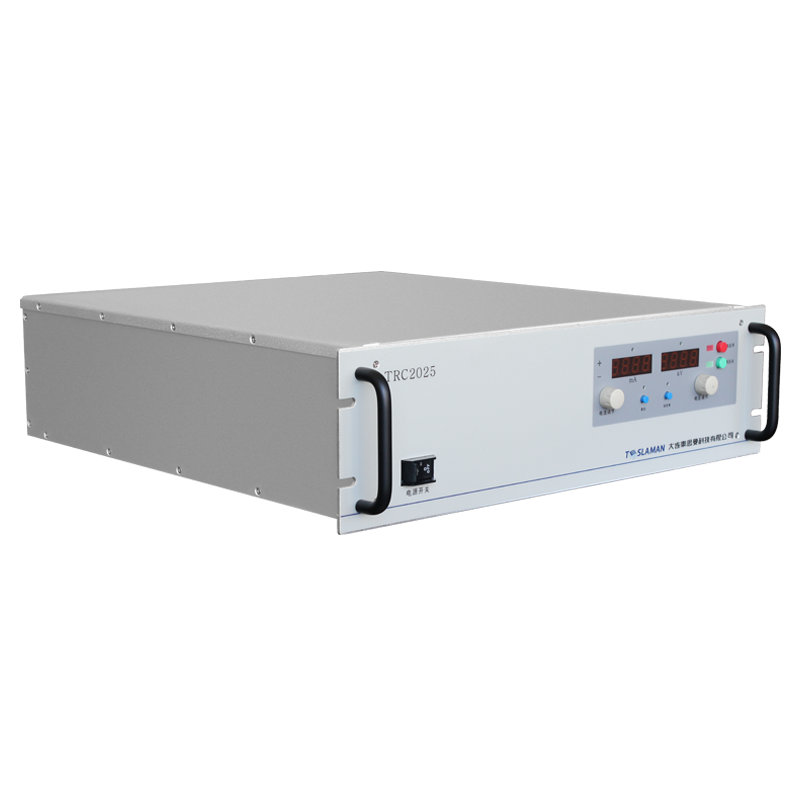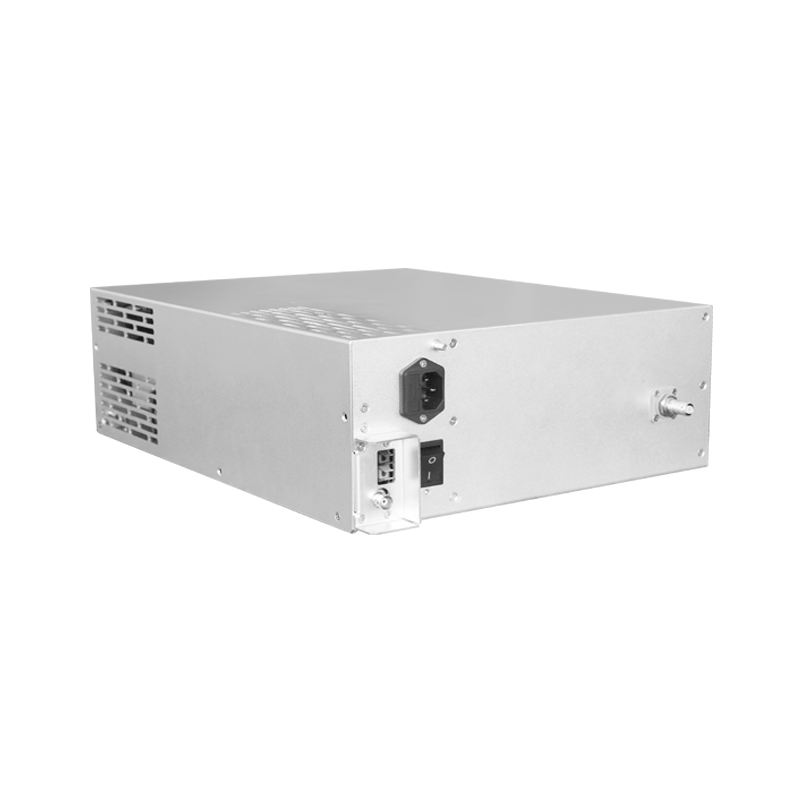Dynamic Power Factor Correction in High-Voltage Power Supplies for Etching Equipment
In semiconductor manufacturing, the stability and energy efficiency of etching equipment directly determine process precision and production costs. As the core energy unit, the power quality of high-voltage power supplies affects plasma chamber stability. Traditional high-voltage supplies exhibit low power factor (PF, typically 0.6–0.7) due to harmonic currents and phase shifts from rectification, causing over 30% energy waste and grid pollution. Dynamic Power Factor Correction (Dynamic PFC) technology elevates PF beyond 0.99 by real-time current waveform shaping, becoming essential for high-precision etching systems.
1. Core Requirements of Etching Processes for HV Power
• Dynamic Response: Etching requires voltage switching (1–10 kV) within milliseconds, necessitating rapid transient response. Traditional passive PFC (inductor-capacitor compensation) fails due to delay (>200 ms).
• Harmonic Suppression: 5th/7th harmonics from switching noise interfere with plasma density sensors, causing etch rate fluctuations.
• Efficiency Optimization: At 10–50 kW per tool, low PF increases apparent power by 40%, raising cooling and grid costs.
2. Technical Implementation of Dynamic PFC
Dynamic PFC combines active PFC with real-time algorithms:
• Topology Innovation:
• Multilevel Boost Circuit: 3-/5-level topologies halve switch voltage stress, enabling 20–100 kHz modulation for >10 kV outputs.
• LLC Resonant-PFC Integration: Resonant networks (Cr-Lr-Lm) utilize transformer leakage inductance for zero-voltage switching (ZVS), cutting 30% switching loss while suppressing harmonics.
• Digital Control Core:
• DSP/FPGA controllers sample at 100 kHz to track voltage phase, generating PWM via average current mode for sinusoidal input current (THD<5%).
• Adaptive algorithms adjust duty cycles during load transients (e.g., chamber impedance jumps), maintaining PF at 0.98–1.0.
3. Key Challenges and Breakthroughs
• High-Frequency Magnetics: Nanocrystalline cores replace ferrite, shrinking inductor size by 60% and supporting 50 A saturation current (100 kHz), enabling 250 kW power density.
• Wide-Bandgap Semiconductors: SiC MOSFETs switch 10× faster than silicon, achieving 98% PFC efficiency and 40°C lower temperature rise.
• Fault Tolerance: Flying capacitor balancing limits output ripple (<±0.5%), preventing etch non-uniformity from DC bus fluctuations.
4. Benefits and Future Directions
• Holistic Efficiency: Dynamic PFC boosts system efficiency to 95%, reduces grid capacity by 35%, and saves >100,000 kWh/year (50 kW tool).
• Intelligent Evolution: AI models predict load patterns to pre-adjust PFC; digital twins monitor harmonic spectra for early fault warnings. Future bidirectional totem-pole PFC will enable V2G energy feedback, reducing fab carbon footprints.




















